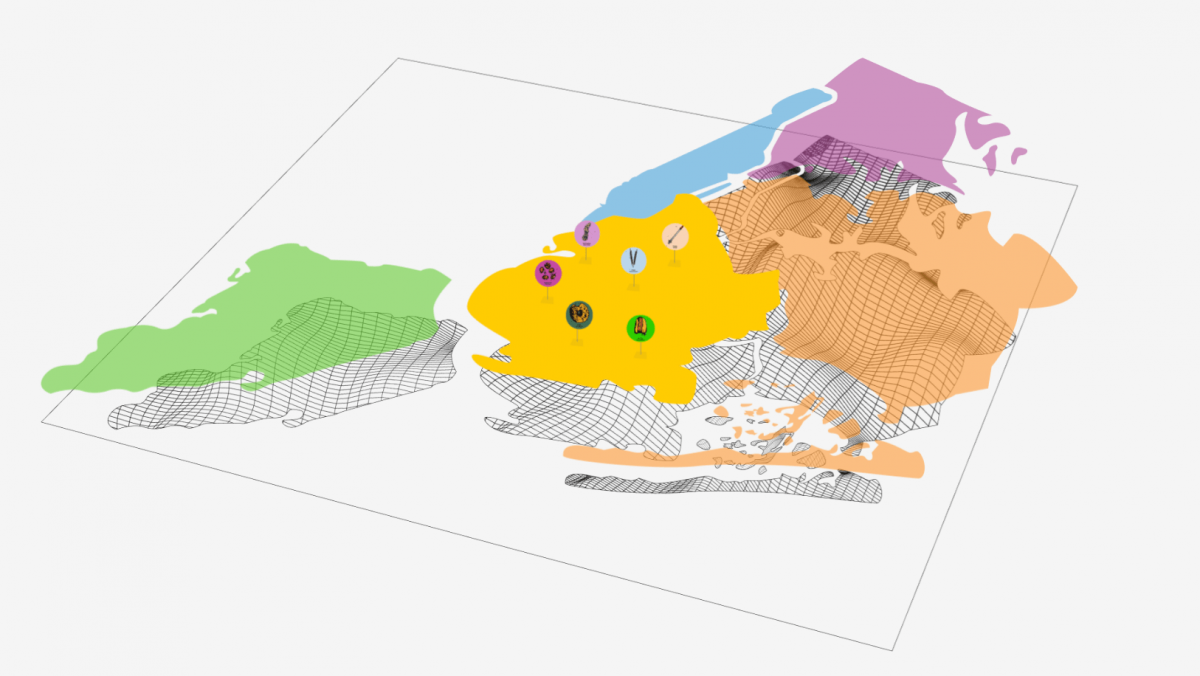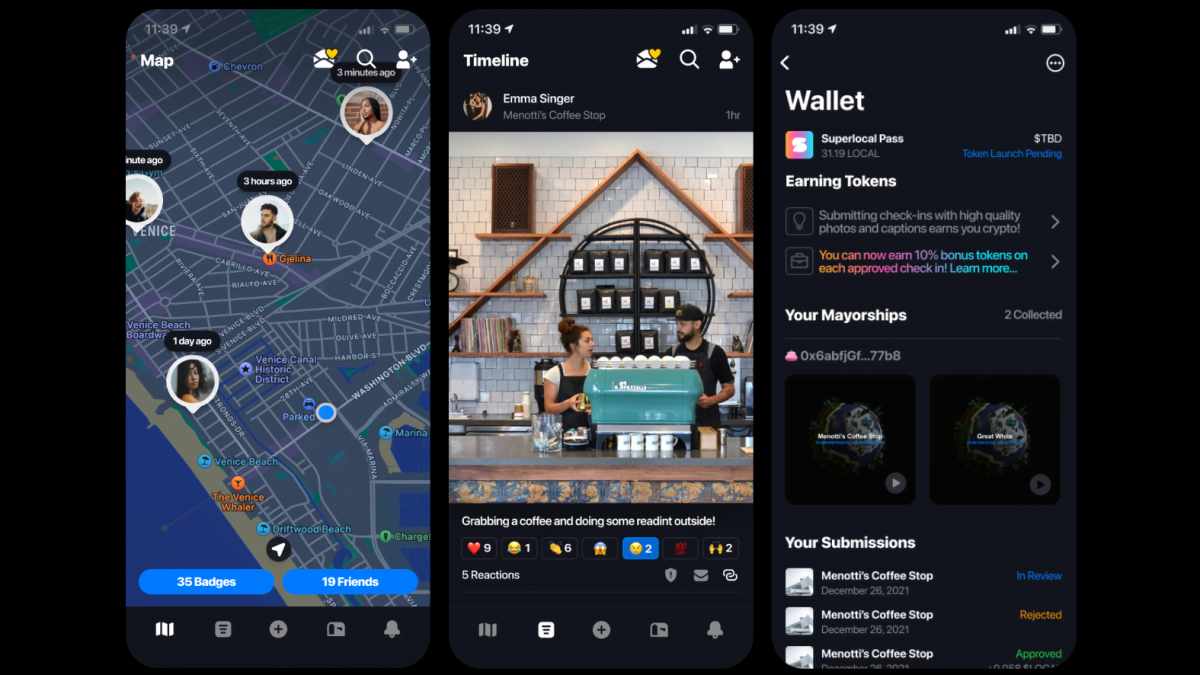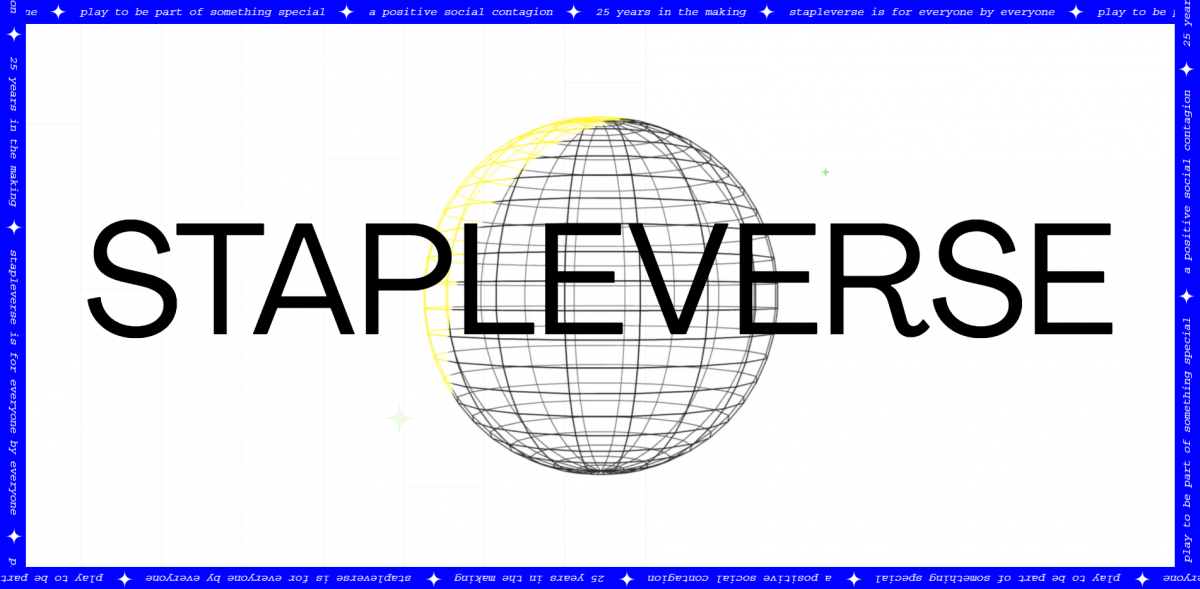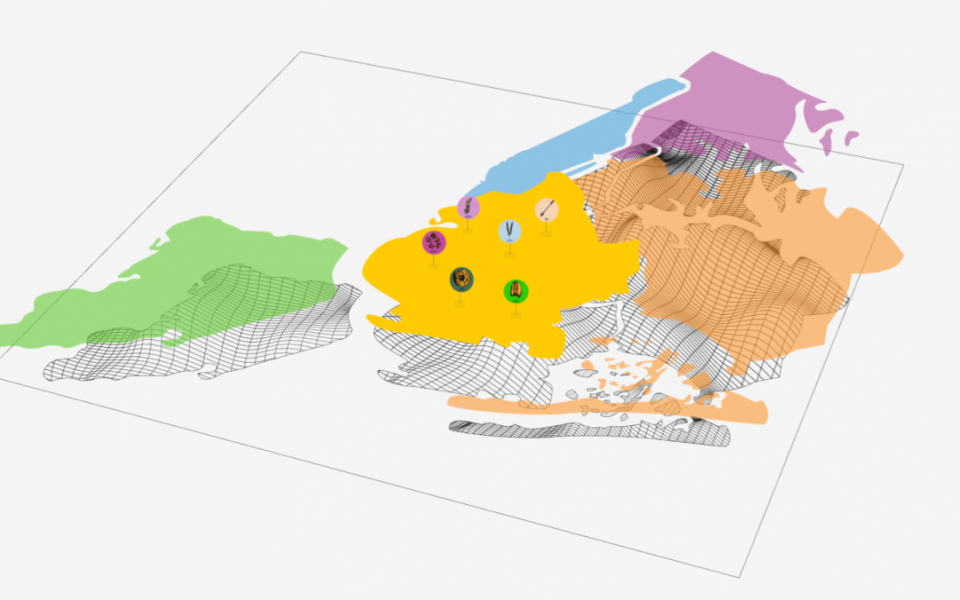Location-Based NFTs: A Link Between Blockchain and IRL Experiences?
Collecting NFTs, and engaging with blockchain technology in general, can at times be an overwhelmingly stagnant experience. As the only portal to interacting with the blockchain is via the internet, investors, developers, artists, and collectors usually find themselves sitting for hours staring at a screen.
But what if collecting NFTs could be a more engaging activity? Of course, this is the exact aim of projects like StepN, which incentivizes collectors to get outside and move in order to earn crypto while exercising. Yet, the thrill of stacking coins (whose value undoubtedly fluctuates regularly), is surely only appealing for so long.
What might make the act of collecting an NFT more exciting? Gamifying the minting process? Been there. Turning the whitelist process into a Discord or Twitch raffle? Done that. What’s more, these and most other engagement solutions are dependent on screen time, and understandably so.
Yet, there may be an interesting solution on the horizon for those who enjoy collecting NFTs, solving puzzles, and traveling outside their comfort zone. Let’s talk about the potential of location-based NFTs.
What are location-based NFTs?

Location-based NFTs are just coming into existence, so they don’t really even have a set name, much less a market of their own within the greater NFT ecosystem. Sometimes called location-based, other times called geo-based, similarly to other niche NFT subsectors that have risen to prominence, interest in them is quickly growing.
No matter what you call it, a location-based NFT is one that requires a collector to travel to a specific location to mint said NFT. These NFTs cannot be minted willy-nilly from their smart contract, but only at a specific meetup, event, or via another location-based criterion.
Sometimes this means attending a conference, other times it means finding a specific individual in a sort of Where’s Waldo?-esque scenario, or even simply locating a QR code that links to an NFT or minting site. Whatever the mechanics may be, location-based NFTs require a person to physically show up to a specific pin on the globe.
It’s important to note that these aren’t proof-of-attendance (POAP) NFTs, but an immediately on-chain and tradeable asset — much like any PFP or digital collectible is. Of course, this could change and evolve, as location-based NFTs are still in their very early days and seemingly only being produced by a handful of creators.
Who is making location-based NFTs?
While there are a good few entities within the NFT ecosystem creating location-based NFTs, some stand out above the rest. Whether through influential collaborations, prominent releases, or general head-turning trial and error, these few have been about to catch the attention of the greater NFT community.
Superlocal

Superlocal is a sort of social network built on the Ethereum blockchain that rewards users with both crypto and NFTs as they travel to different places. Regardless of where a user travels, they can check in on the Superlocal iOS app that runs on a membership-based model, which was rolled out via multiple NFT-centered launch phases.
To engage with the Superlocal NFT ecosystem, users must check in on the Superlocal platform, take a photo and tag the location, and submit the photo which makes it available for other users to see. The photo then goes into a queue system and can earn a user $LOCAL tokens if the photo is “good.”
ReBASE
ReBASE is a Solana-based NFT minting platform that collaborates with artists, developers, and influencers to develop geo-based minting, land, and AR-enabled collections through usable NFTs. Through their location-minting technology, reBASE brings users together in the real world to meet up at designated locations to mint the exclusive drops.
Having collaborated with the likes of Jake Paul, Wengie, Bella Hadid, and more, reBASE has been incentivizing fans and collectors to attend group minting sessions all over the globe. As one of the most prominent names in the growing sector of location-based NFTs, reBASE is undoubtedly a frontrunner in high-profile NFT drops.
Svenir

Svenir is a web-based app that allows for the location-based minting of NFTs. Aiming to launch on July 19, 2022, Svenir is slated to be a Polygon-based NFT marketplace and NFT souvenir shop featuring iconic, hand-crafted imagery specific to cities across the globe.
Based out of Sweden, Svenir’s inaugural collection will feature New York City, which is known throughout the blockchain community as a prominent hub of both the crypto and NFT ecosystems. Although city-themed NFTs can only be minted on location, they will be available to buy on the Svenir secondary market.
Lost Worlds
12/
ALPHA
Drop Your Own gNFT! We’re making it easy for anyone to drop their own location based NFT.
We’re currently testing out logistics, price points, & reflections back to $LOST token holders, dropping soon! pic.twitter.com/Taisj35TFa
— Lost Worlds – Location Based NFTs
(@lostworldsnft) June 22, 2022
Lost Worlds is a location-based NFT platform built on the Ethereum blockchain. Similar to the others on this list, NFTs are geographically bound to real-world locations for collectors to discover and mint. A firm supporter of breaking NFTs away from being solely desktop experiences, Lost Worlds gives creators and brands the ability to use geo-location as a medium.
Beyond incentivizing artists and other creators to implement a sort of NFT scavenger hunt in the real world, users on the platform can also complete project achievements to earn rewards including badges, $LOST tokens, and exclusive NFTs. All in all, Lost Worlds is aimed at providing a new layer of scarcity and utility in how we collectively evaluate and value NFT experiences.
STAPLEVERSE

STAPLEVERSE is an Ethereum-based interactive experience and creative journey created by iconic streetwear designer Jeff Staple. Set to evolve over time through numerous unique chapters and NFTs, the project launched with the EMPIRE STAPLE PIGEONZ drop in New York City.
With EMPIRE STAPLE PIGEONZ, collectors are able to join a faction within the STAPLEVERSE ecosystem that will yield different blockchain-based and real-world rewards. With events currently only scheduled for New York and Los Angeles, the STAPLEVERSE is poised to be an interesting use case for mixing location-based NFTs with in-person events.
Are location-based NFTs a viable option for creators/collectors?
At the moment, the jury is still out on whether or not location-based NFTs will be a viable option for creators who want to build long-term projects. Although platforms like Superlocal and reBASE have already begun to see success in their endeavors, location-based NFTs do not seem to be heading in a “one size fits all” direction such as we saw with the explosion of the PFP NFT market.
While NFT scavenger hunts are still struggling to gain traction, projects like Doodles and The Boneys have created interesting use cases for such mechanisms by rewarding collectors for finding a specific location/person. Yet these types of NFT releases are dependent on both the hype of the project and the realistic chances of collectors traveling to receive NFT rewards.
Currently, Jeff Staple’s STAPLEVERSE might be one of the most interesting location-based initiatives, but it still draws on the necessity of event planning to bring collectors out to a specific location for NFT incentives. If we are to see location-based NFTs truly take off, artists and developers will need to innovate in a way that both coaxes collectors to participate, and democratizes the process by offering up a wide variety of locations in which to participate.
The post Location-Based NFTs: A Link Between Blockchain and IRL Experiences? appeared first on nft now.




 ,
, ) (@REBASEgg)
) (@REBASEgg) 